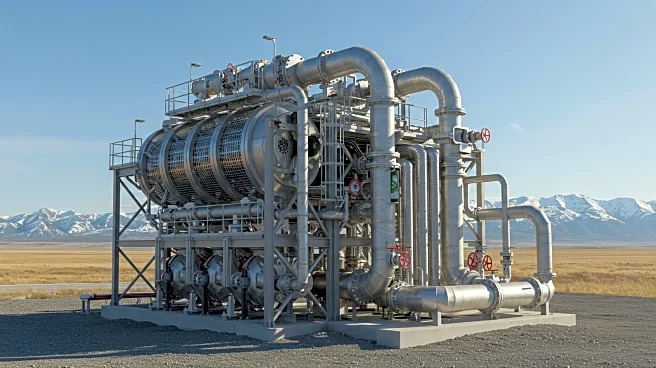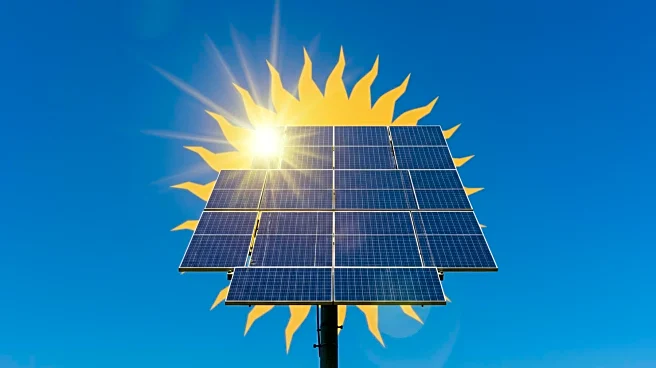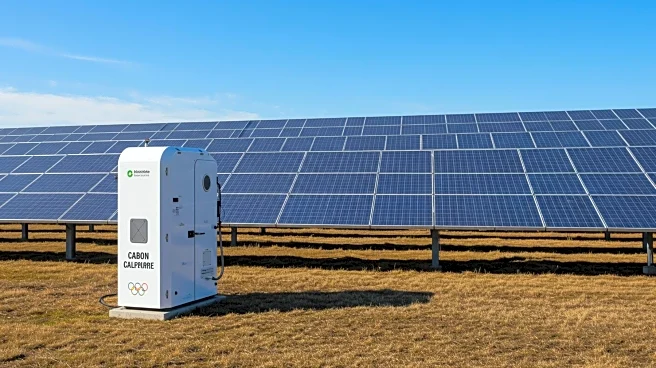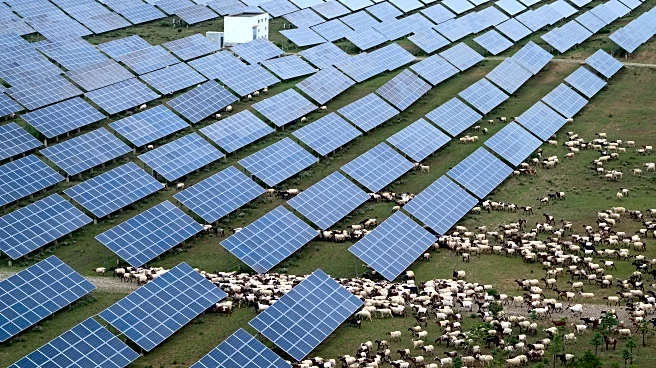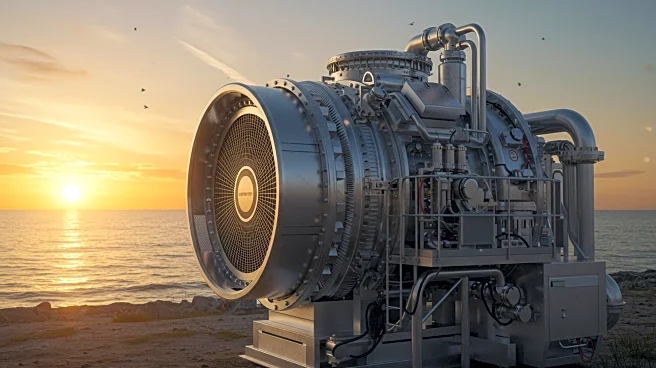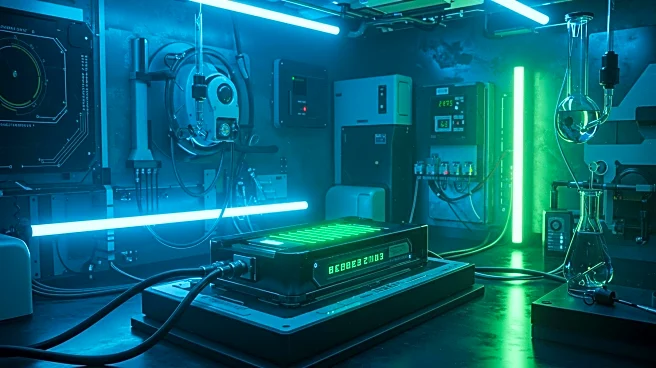Rapid Read • 7 min read
Montréal-based cleantech startup Deep Sky has inaugurated its pilot carbon-capture facility, Deep Sky Alpha, in Innisfail, Alberta. The facility, powered by solar energy, aims to capture 3,000 tonnes of CO2 from the atmosphere by the end of the year. This initiative is part of efforts to mitigate climate change by reducing fossil-fuel emissions. Deep Sky plans to monetize the technology through the sale of carbon credits, with companies like Microsoft and the Royal Bank of Canada already purchasing credits worth 10,000 tonnes of stored CO2 over a decade. The site will test and validate various direct air capture (DAC) technologies from companies including Québec-based Skyrenu Technologies and British firms Airhive and Mission Zero Technologies. Deep Sky has secured over $130 million in funding, including a $40-million USD grant from Bill Gates’ Breakthrough Energy Catalyst.
AD
The launch of Deep Sky's carbon capture facility represents a significant step in the fight against climate change. By capturing CO2 from the atmosphere, the facility contributes to reducing greenhouse gas emissions, which are a major driver of global warming. The sale of carbon credits provides a financial incentive for companies to invest in sustainable practices, potentially leading to broader adoption of carbon capture technologies. This development could influence public policy and corporate strategies, encouraging more investments in clean technology and renewable energy solutions. The involvement of major corporations like Microsoft highlights the growing importance of environmental responsibility in business operations.
Deep Sky plans to continue testing and validating DAC technologies at the facility, potentially expanding its operations if successful. The company aims to increase its carbon capture capacity and further monetize its technology through the sale of carbon credits. As the facility demonstrates its effectiveness, it may attract additional investment and partnerships, driving innovation in the carbon capture sector. Stakeholders, including environmental groups and policymakers, will likely monitor the facility's progress and impact on emissions reduction.
AD
More Stories You Might Enjoy
